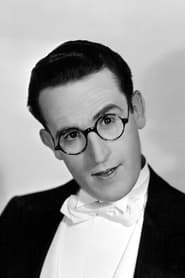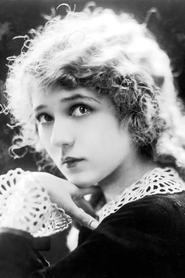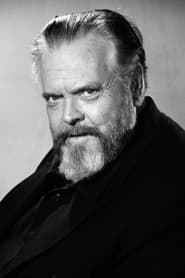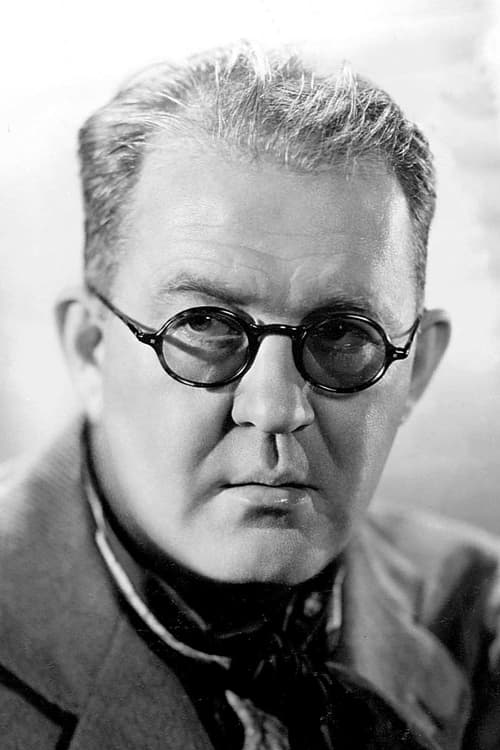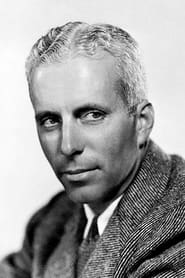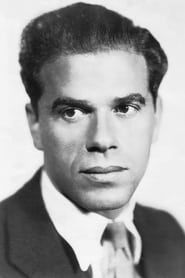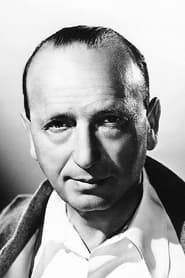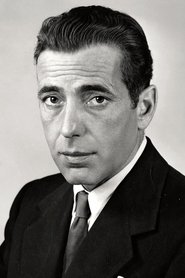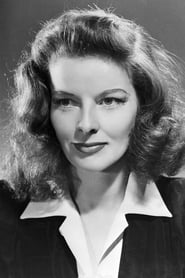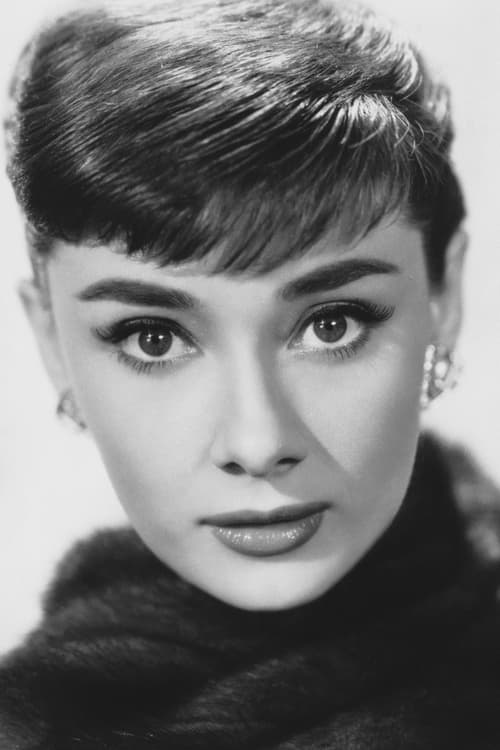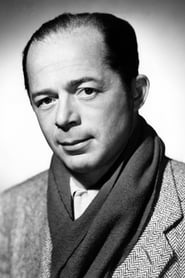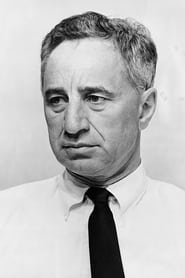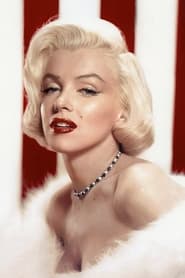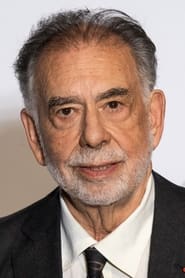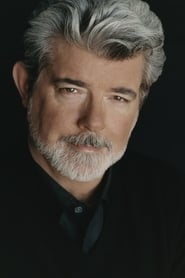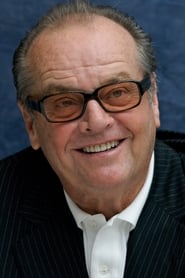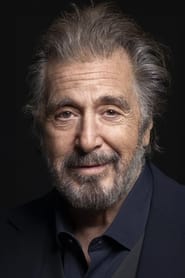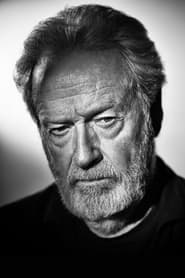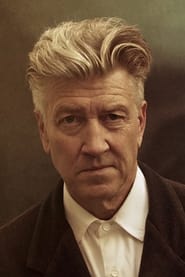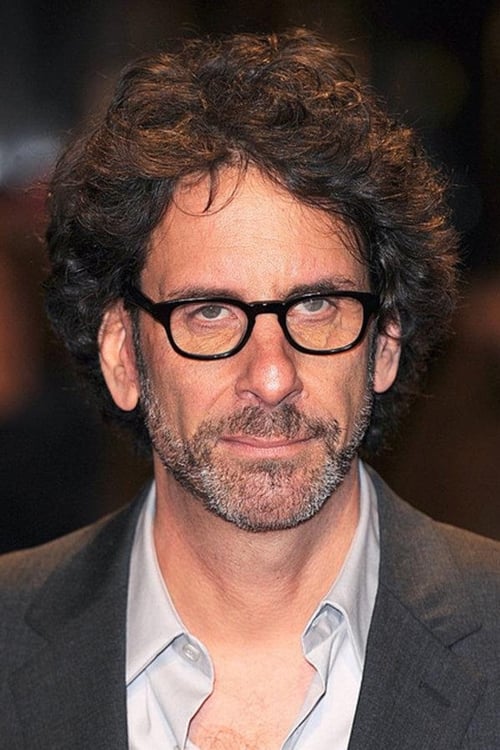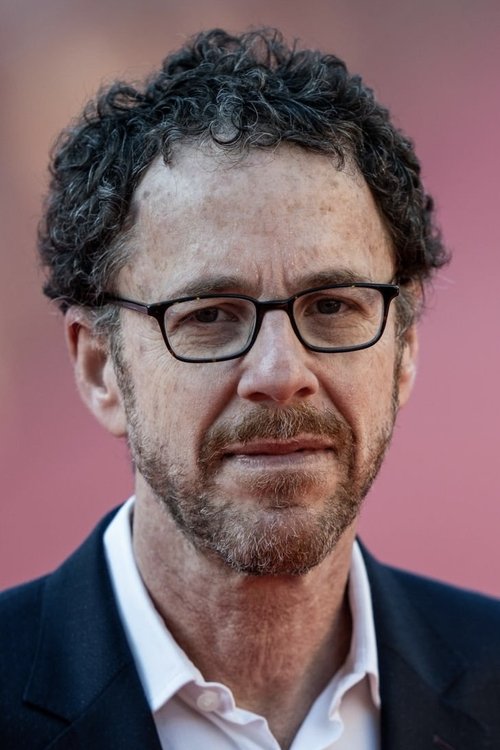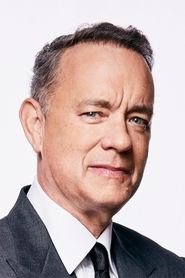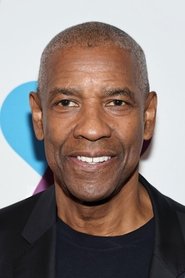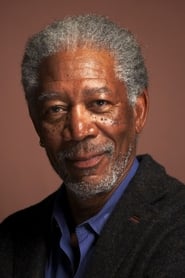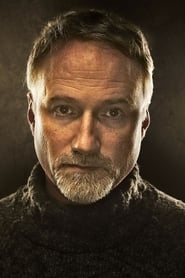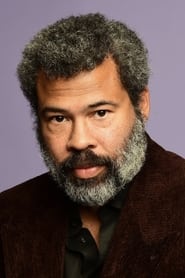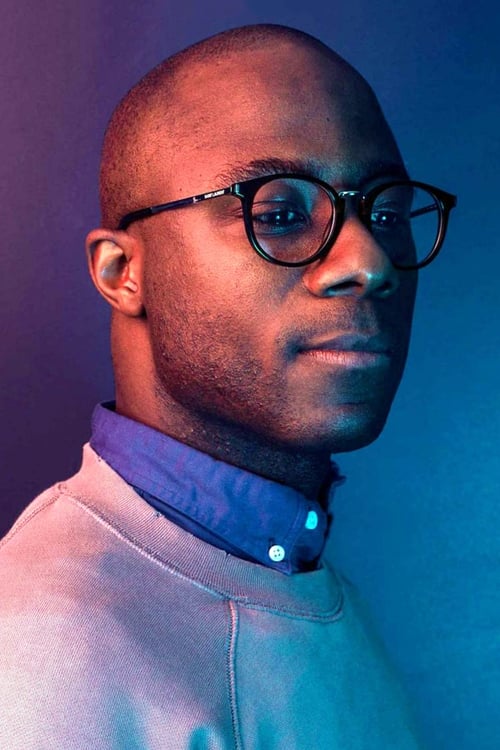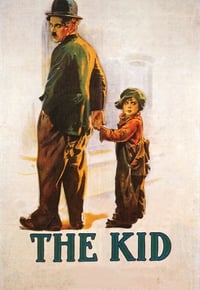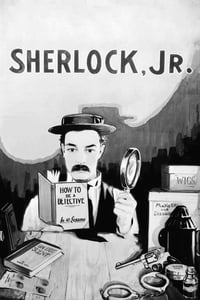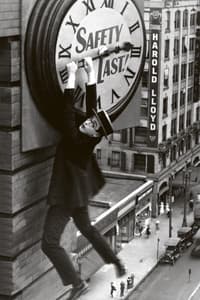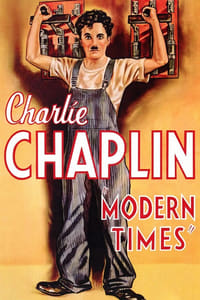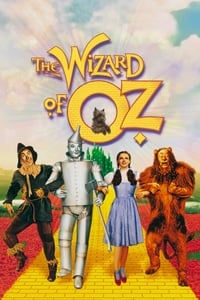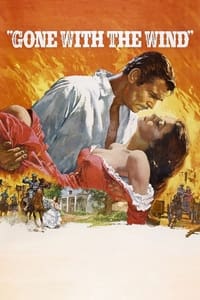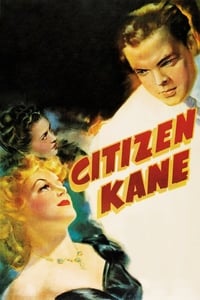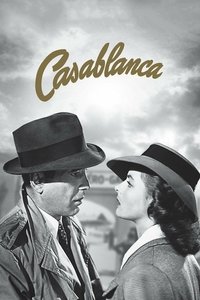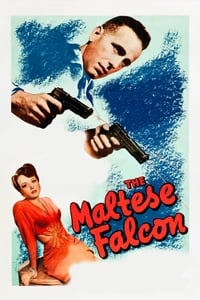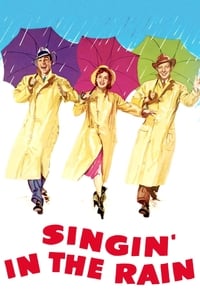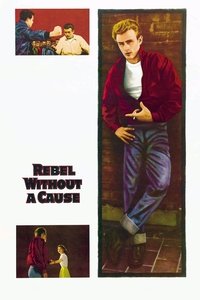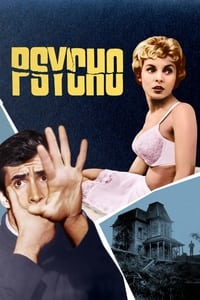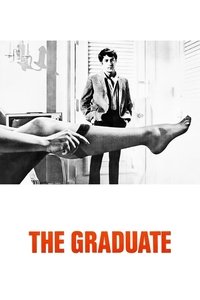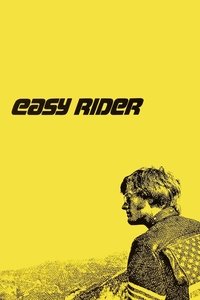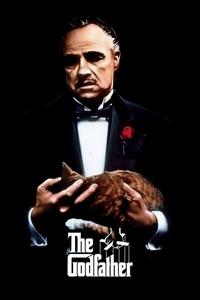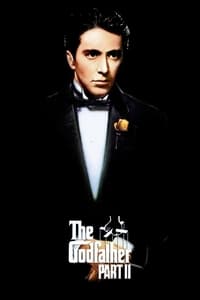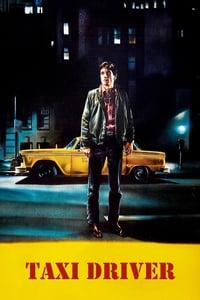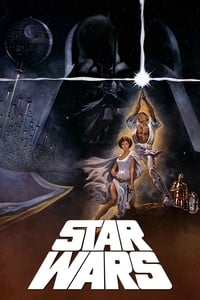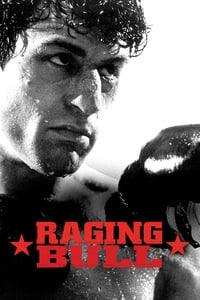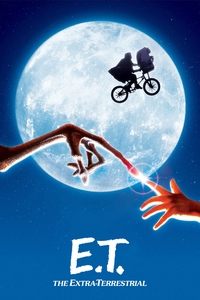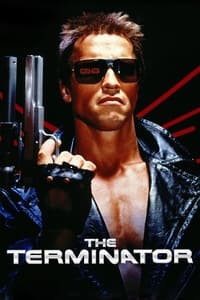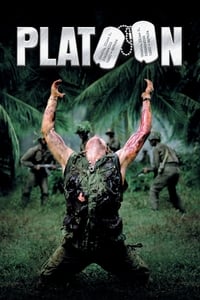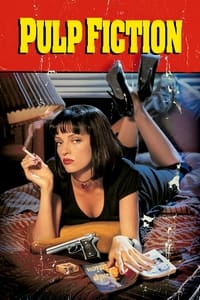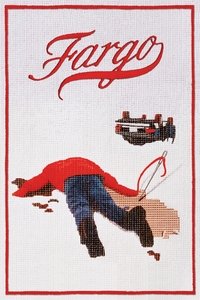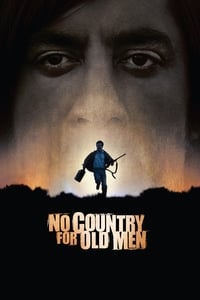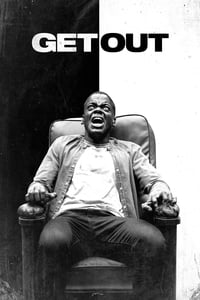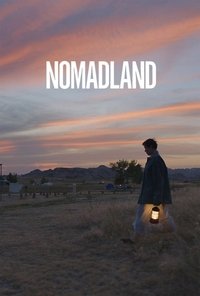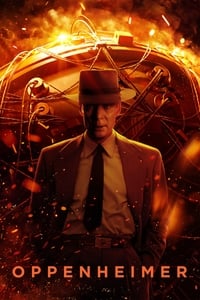American Cinema – Industry, Mythology, and Innovation
The Pioneers (1895 – 1920)
American cinema emerged at the turn of the 20th century. While the first films were shot on the East Coast, Hollywood quickly established itself as the world capital, thanks to its favorable climate and varied scenery. D.W. Griffith revolutionized storytelling with The Birth of a Nation (1915) and Intolerance (1916). Slapstick became a universal art form with Charlie Chaplin (The Kid, 1921), Buster Keaton (Sherlock Jr., 1924), and Harold Lloyd (Safety Last!, 1923). These pioneers laid the foundations for a cinema that was both narrative and spectacular.
The Pioneers
The 1920s – 1930s: The Silent Era and the Arrival of Sound
The 1920s were marked by the explosion of silent cinema and the rise of major genres (comedy, western, melodrama). The studios (MGM, Warner, Paramount, Fox, Universal) established the studio system, where actors and directors worked under contract. In 1927, The Jazz Singer ushered in the era of sound cinema, transforming the industry. It was also the golden age of musicals and talking slapstick, with Chaplin still silent in City Lights (1931), and Fred Astaire & Ginger Rogers reinventing the musical comedy.
The 1940s – 1950s: The Golden Age of Hollywood
The postwar period corresponded to the heyday of classic genres. John Ford (Stagecoach, The Searchers) and Howard Hawks perfected the western and adventure films. Film noir took hold with Billy Wilder (Double Indemnity), Fritz Lang (The Big Heat), and Orson Welles (Touch of Evil). Frank Capra embodied an optimistic cinema (It’s a Wonderful Life, 1946). The 1950s also saw the advent of CinemaScope, Technicolor, and biblical epics (Ben-Hur, The Ten Commandments).
The 1940s – 1950s
New Hollywood (1967 – 1980)
The crisis of the studio system paved the way for a generation of bold filmmakers. Martin Scorsese (Taxi Driver, 1976), Francis Ford Coppola (The Godfather, 1972; Apocalypse Now, 1979), William Friedkin (The Exorcist, 1973), Brian De Palma, and Robert Altman invented a cinema that was realistic, critical, and personal. At the same time, Steven Spielberg (Jaws, 1975) and George Lucas (Star Wars, 1977) laid the foundations for the modern blockbuster, combining spectacle and marketing.
New Hollywood
The 1980s – 1990s: Blockbusters and New Voices
The era of blockbusters took hold, driven by Spielberg (E.T., Indiana Jones), Lucas (Star Wars), James Cameron (Terminator, Titanic), and Ridley Scott (Alien, Blade Runner). But America also saw the rise of a new generation of auteurs: Spike Lee (Do the Right Thing), Quentin Tarantino (Pulp Fiction), David Lynch (Blue Velvet), and the Coen brothers (Fargo). Between technological innovations and independent cinema, Hollywood opened up to a plurality of voices.
The 1980s – 1990s
The 2000s – 2010s: Franchises and Independents
American cinema became internationalized with the rise of global franchises (Harry Potter, The Lord of the Rings, The Dark Knight). Pixar and DreamWorks revolutionized animation with Toy Story and Shrek. At the same time, independent cinema asserted itself with productions like Lost in Translation (Sofia Coppola) and Requiem for a Dream (Darren Aronofsky). Documentary film, with Michael Moore (Fahrenheit 9/11), also gained visibility.
Since 2010: Diversity and Global Domination
Today, Hollywood oscillates between franchise blockbusters (Marvel Cinematic Universe, Star Wars, Avatar) and independent cinema led by A24 (Moonlight, Everything Everywhere All at Once). Jordan Peele reinvents the genre film (Get Out), Greta Gerwig makes her mark with Lady Bird and Barbie, and established auteurs like Martin Scorsese (The Irishman) and Christopher Nolan (Oppenheimer) prove the industry’s vitality. American cinema remains a global engine, inventing popular mythologies while constantly reinventing itself through new voices.



